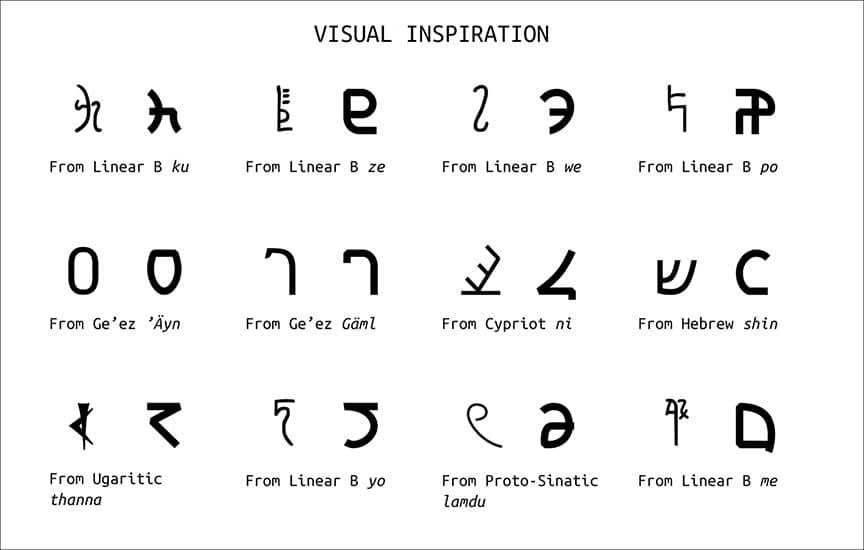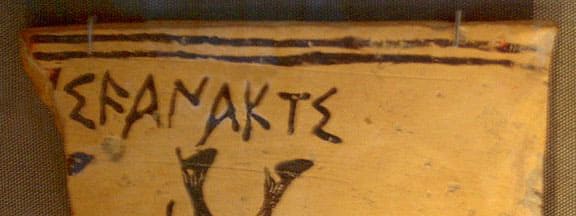Naukratis
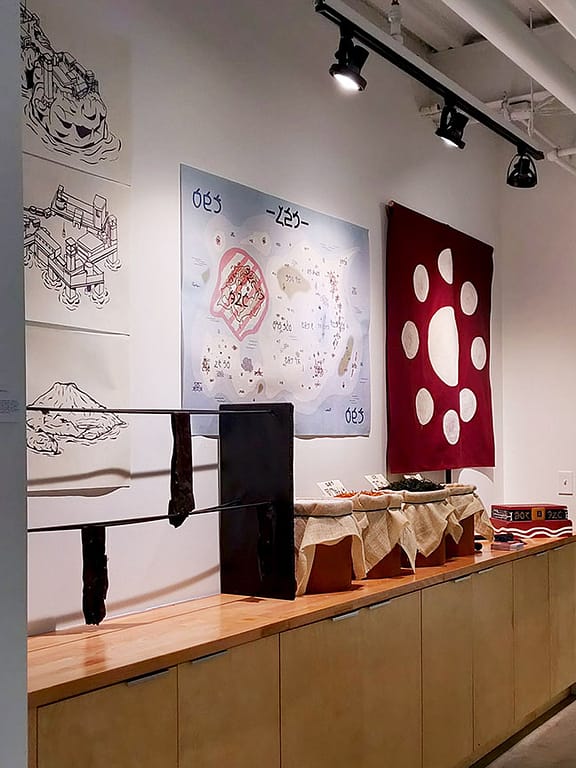
2019
Mixed Media
Detroit Center for Design + Technology (DCDT)
Detroit, MI, United States
Inspired by the ancient tales of Atlantis and records of the “Sea Peoples” during the late Bronze Age period, Naukratis is a senior year design thesis comprised of an immersive space, ephemera, and concept sketches depicting the life of a lost, ancient, maritime empire dubbed the Naukratis Civilization.
With the aid of semiotics (the study of signs and symbols), Naukratis explores the synonymous nature of graphic design and worldbuilding, and how designed items existing in a world can tell a story in a symbiotic fashion.
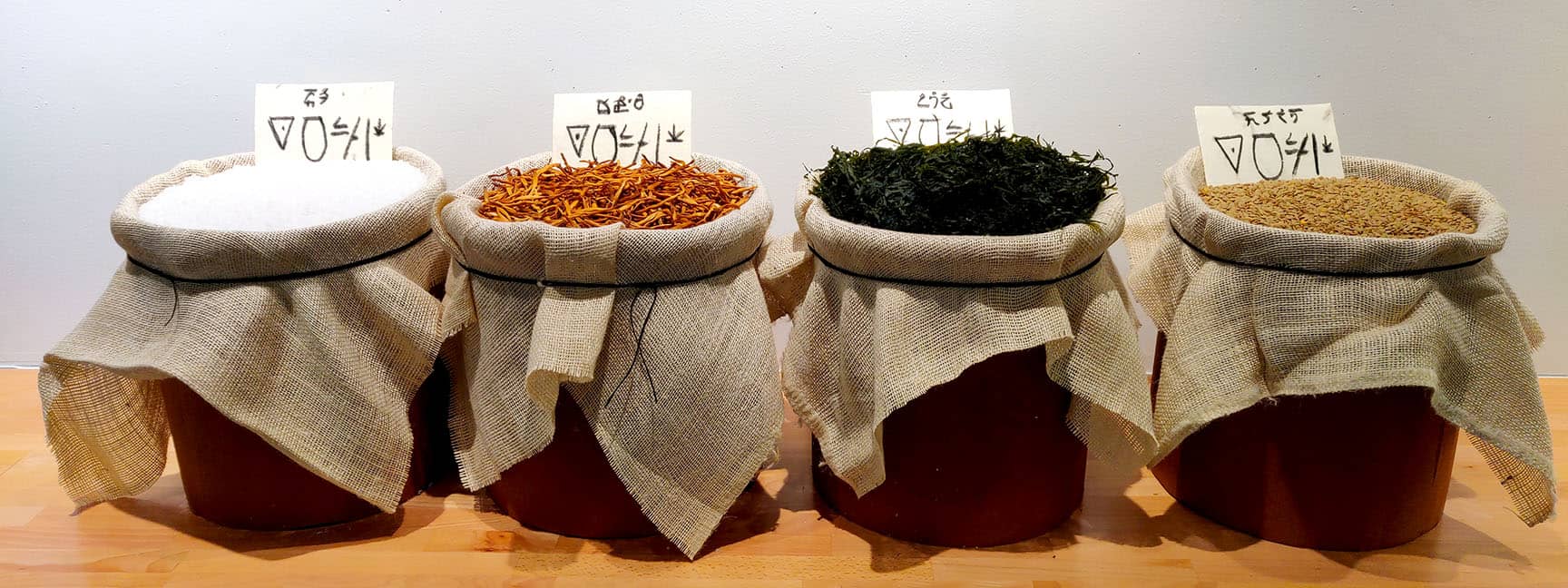
Street Spices: a reconstruction of some of the spices that would of been sold at street markets
The Naukratis Civilization, from Ancient Greek Ναύκρατις—meaning “Naval Power/State”, is the (tentative) name of an ancient maritime empire that had once thrived on a distant water-world known as Neibara around the end of the Bronze Age.
The civilization expanded through the spread of knowledge, trade, and militaristic expansion— setting up minuscule colonies on the Eastern Mediterranean, Middle East and North Africa.
However, they disappeared through unknown circumstances—only the ever-fading memories of their existence remain….
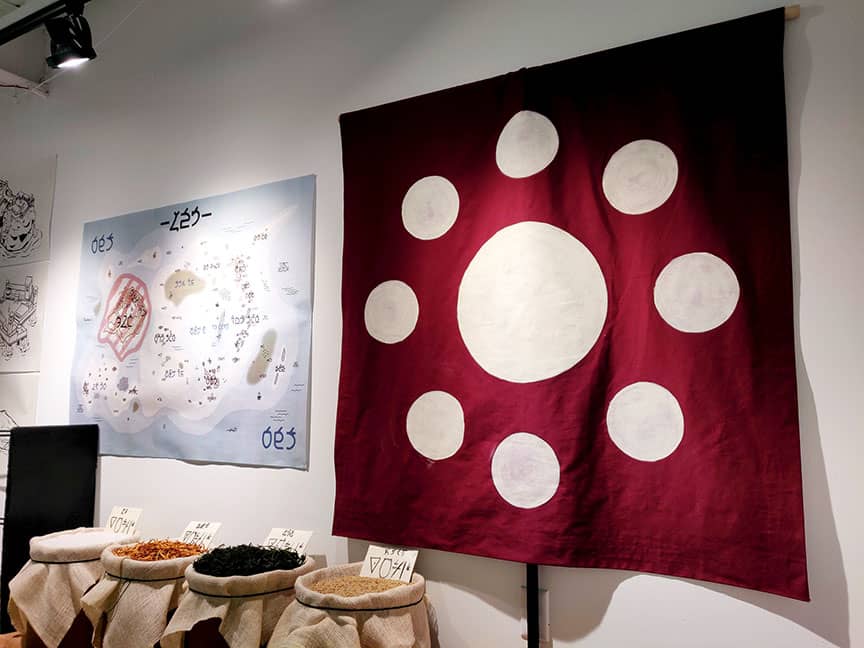
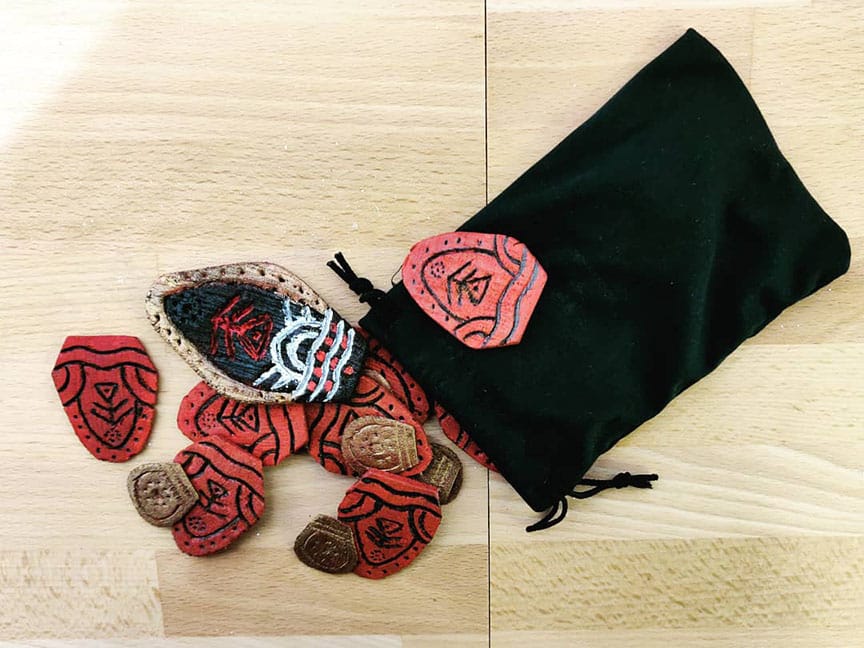
Fish Scale Currency: the money used by the Naukratis Civilization—value is denoted by a combination of its size, color, and intricacy of the design.
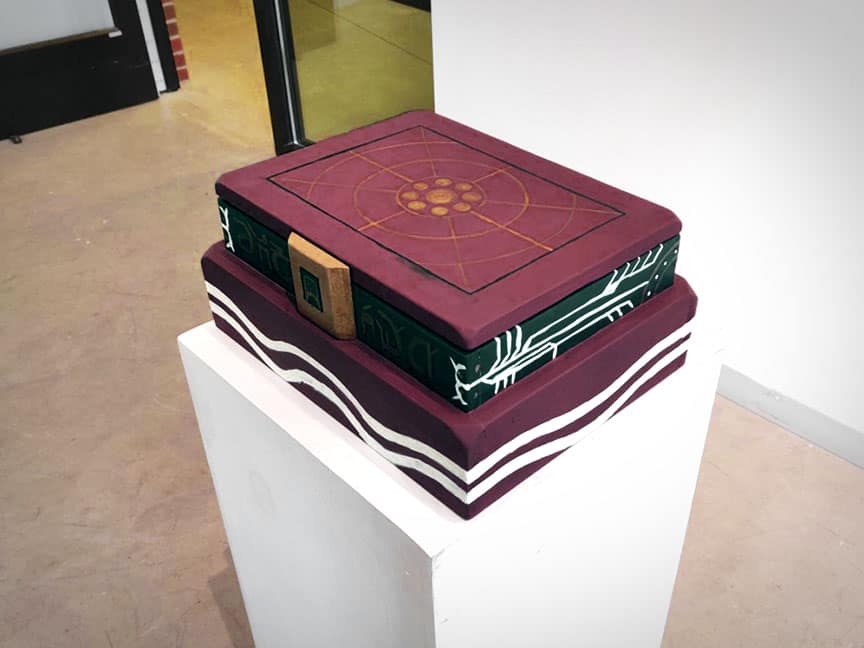
Codex Naukratica
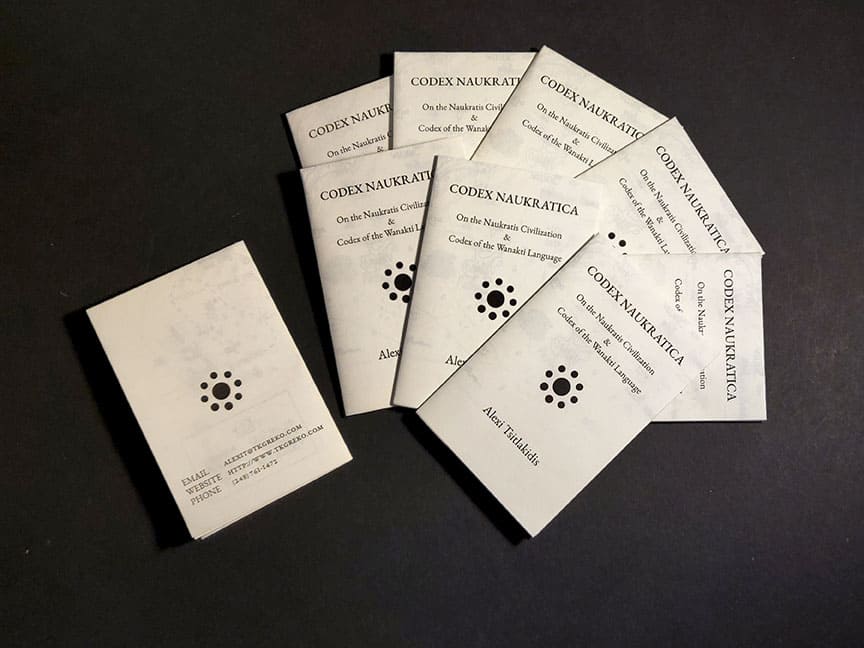
The Codex Naukratica is a visual aid designed to introduce the audience to the world of the Naukratis by providing a brief summary of the civilization, Neibara, and the language of the civilization known to the locals as Wanakti.
When unfolded, an English translation of the Neibara world map is revealed from the back.
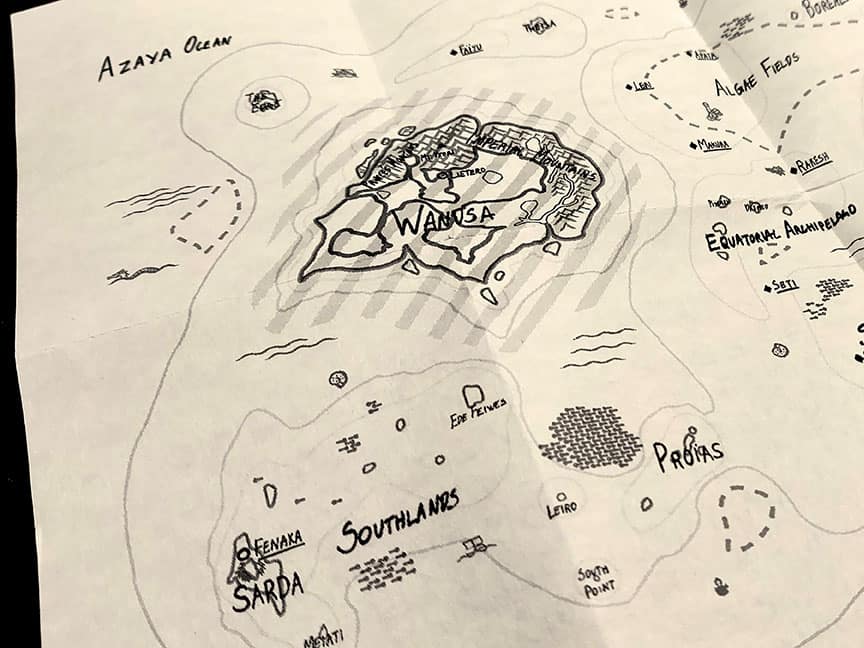
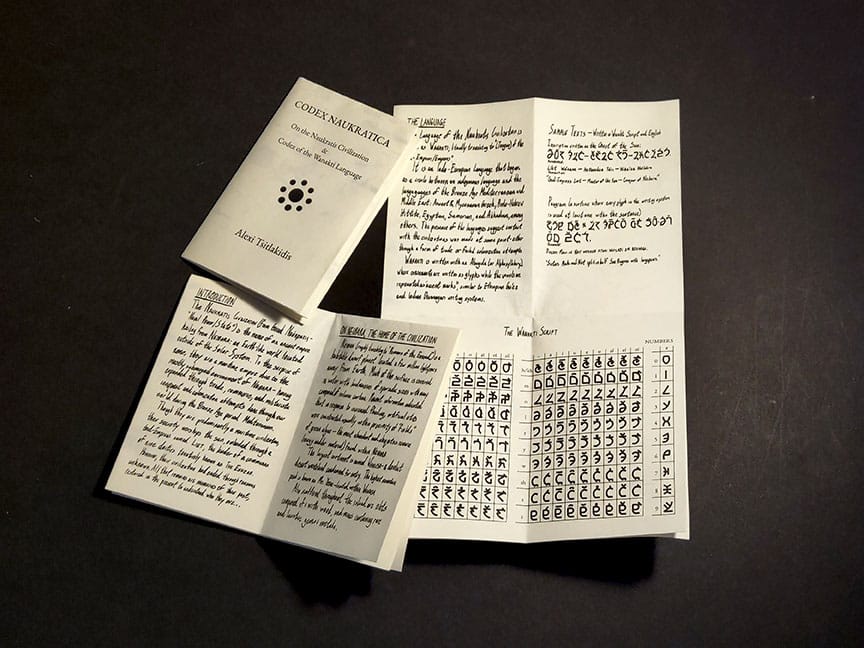
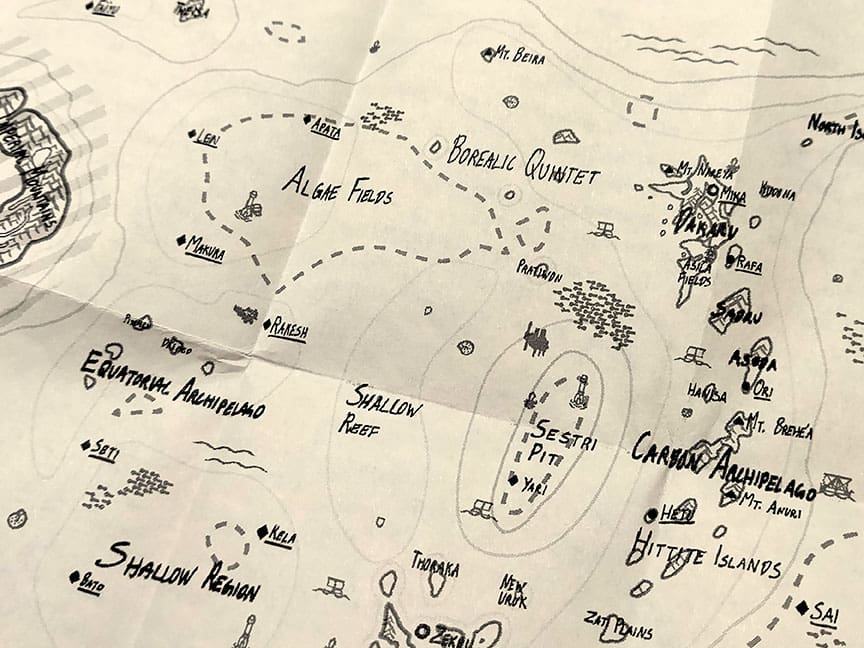
The Wanakti Language

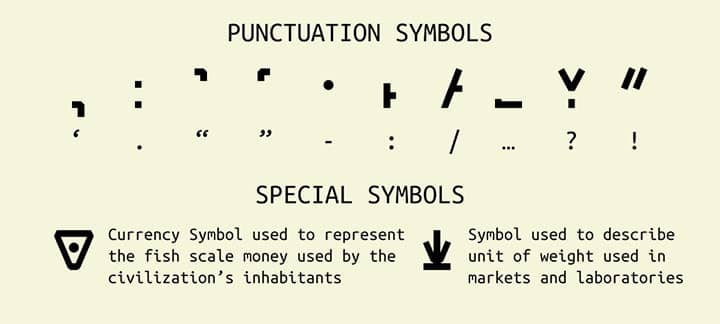
Wanakti is the name of the language utilized by the Naukratis Civilization—an evolved creole between an Indo-European progenitor language and languages of Bronze Age Mediterranean civilizations.
Wanakti uses an Abugida (or Alphasyllabary) system:
A writing system where consonants and numbers are depicted as glyphs and the vowels are written as accent marks that modify the consonant value. Examples of this writing system include Devanagari (used in Hindi) and Ge’ez (used in Amharic).
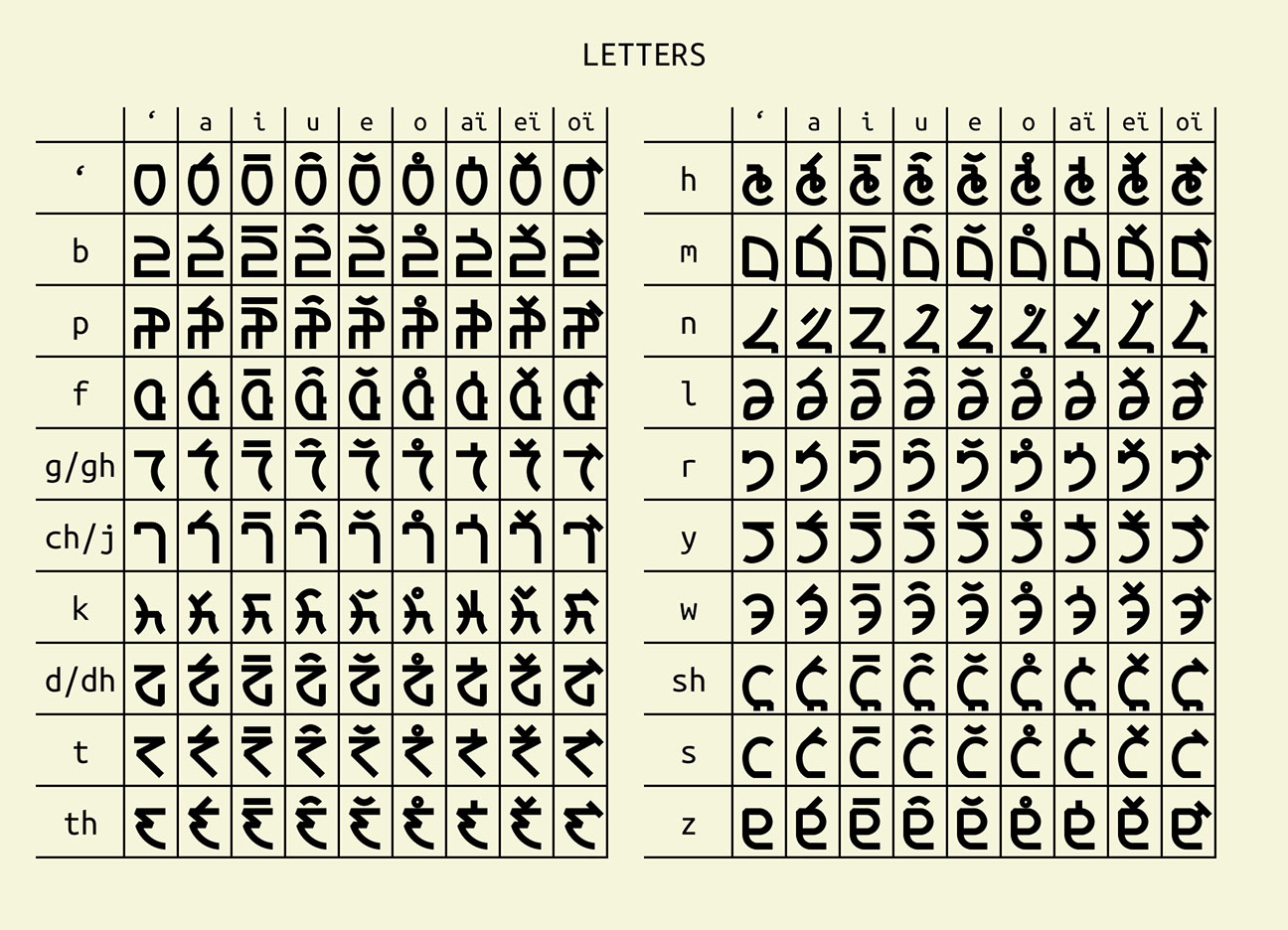
The Wanakti Glyph Chart

PANGRAM
PRONUNCIATION: “Direzoi Mahi ke Neit wepisa’e fithai yau-laji ema beshago”
TRANSLATION: “Sisters Mahi and Neit split (in half) sea-dragons with longspears”

INSCRIPTION OF THE SUN CHEST
PRONUNCIATION: “Hethenusa Tari—Nikaisa Neibara”
TRANSLATION: “Master of the Sea—Conqueror of Neibara”
Design Process
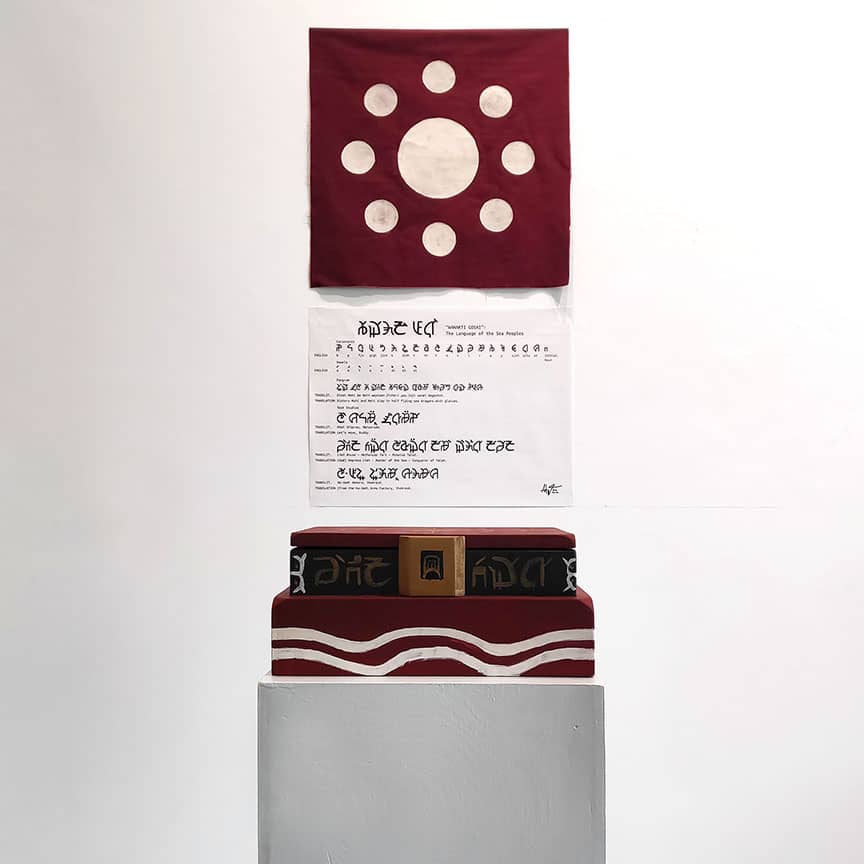
Prototype Exhibition on display at the Detroit Center for Design + Technology (DCDT)
Naukratis is the accumulation of two: my four years at Lawrence Tech and a passion project I had developed for at least three years—it began life as a video game proposal before turning into a multimedia worldbuilding experiment a whole year before the thesis course began.
Visually, the project takes inspiration from the Biblical Philistines, as well as the Mycenaean Greeks, Minoans, and Ancient Cypriots that had allegedly preceded them— shown through the recurring decorative motifs.
The initial focus of the exhibition was on the concept of the meme as originally defined by Richard Dawkins. However, after some iteration, the theme was instead focused on worldbuilding and semiotics, inspired by the works of Umberto Eco and Rob Cobb.
One plan for the exhibition was to create a section of a military barrack, representing the militarism of the civilization. However, it was quickly decided that a part of a street market would be more feasible and easier to present a civilization.
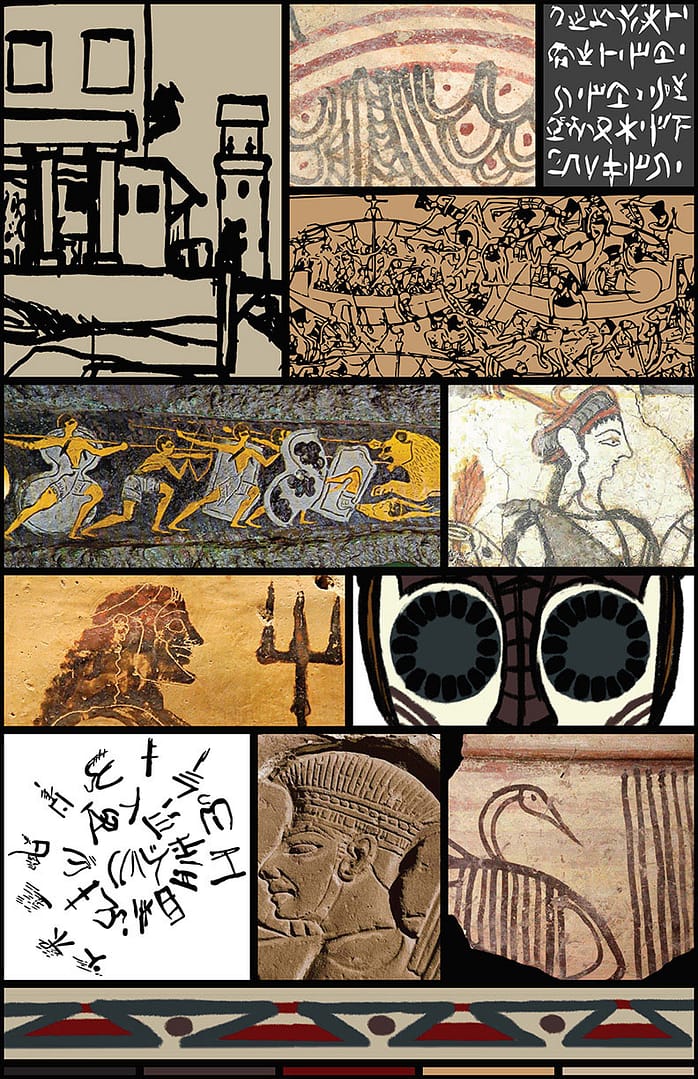
Moodboard 1: Culture
Without any doubt the hardest aspect of the project was to create context for the audience to understand—something I had spent well over half a year struggling to find before I finally achieved creating context that made sense to the audience.
To aid in establishing context, I had created four mood boards meant to serve as a personal “framework” for the project that describes the four pillars of worldbuilding:
- Culture
- Geography
- Cosmology
- Physics
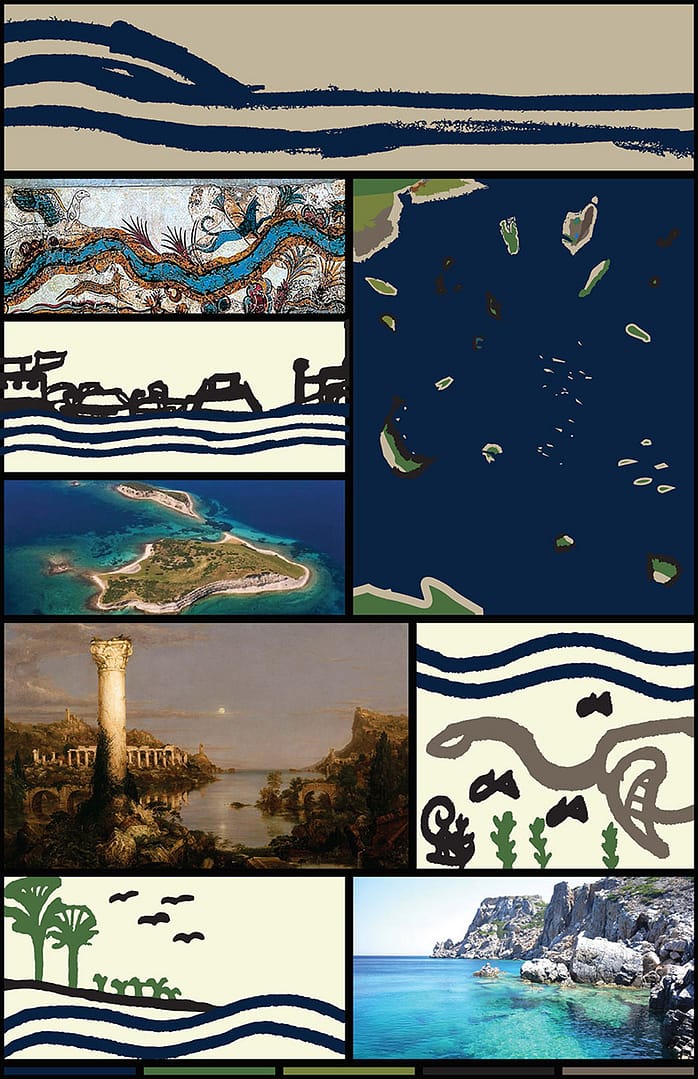
Moodboard 2: Geography
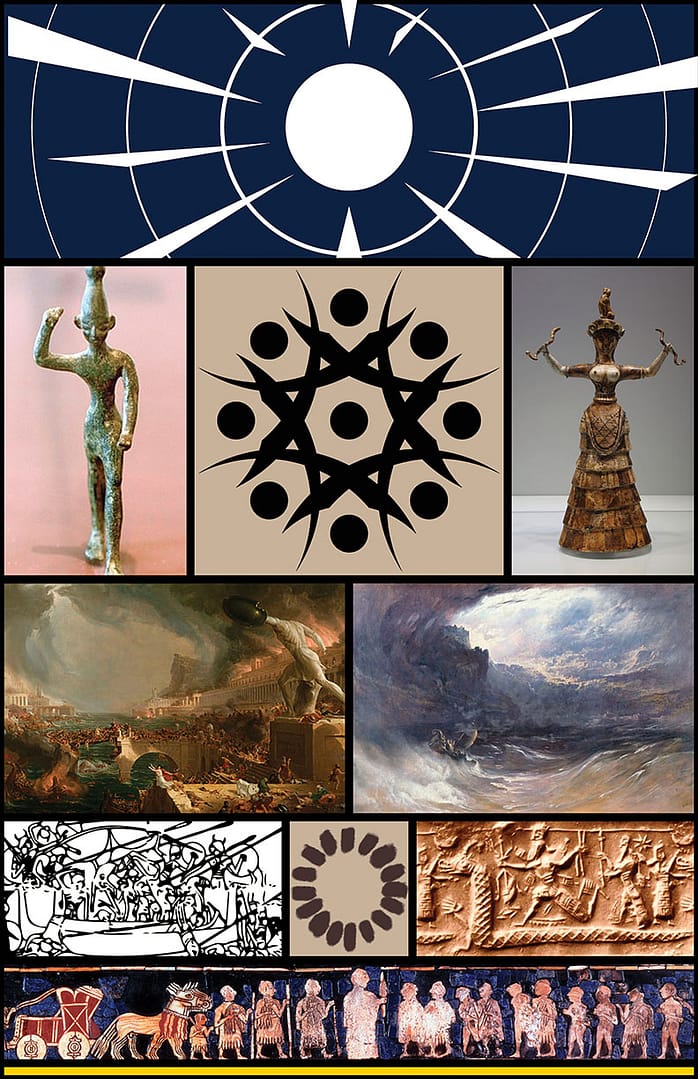
Moodboard 3: Cosmology
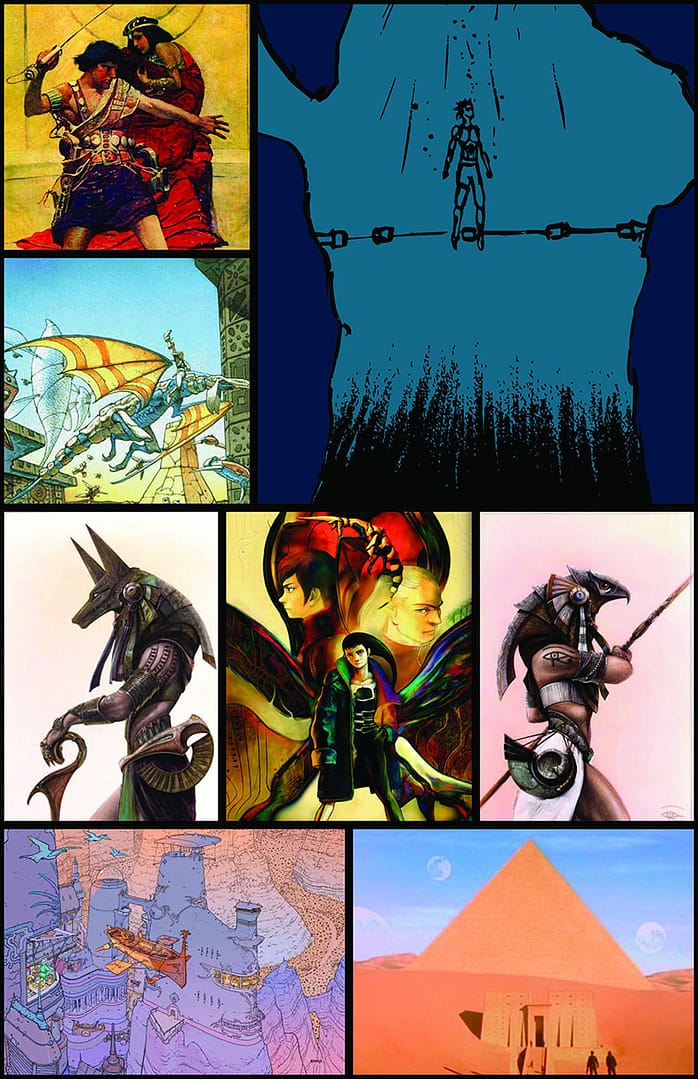
Moodboard 4: Physics
The idea of the Codex Naukratica came from a suggestion made by a fellow colleague for a miniature guide, inspiring me to create a hand-written companion guide that provided additional context (thank you Andrea).
The currency was created in the form of fish scales as a way of implying what kind of society Naukratis was. The scale currency was created with pancaked foam core and hardened with mod podge.
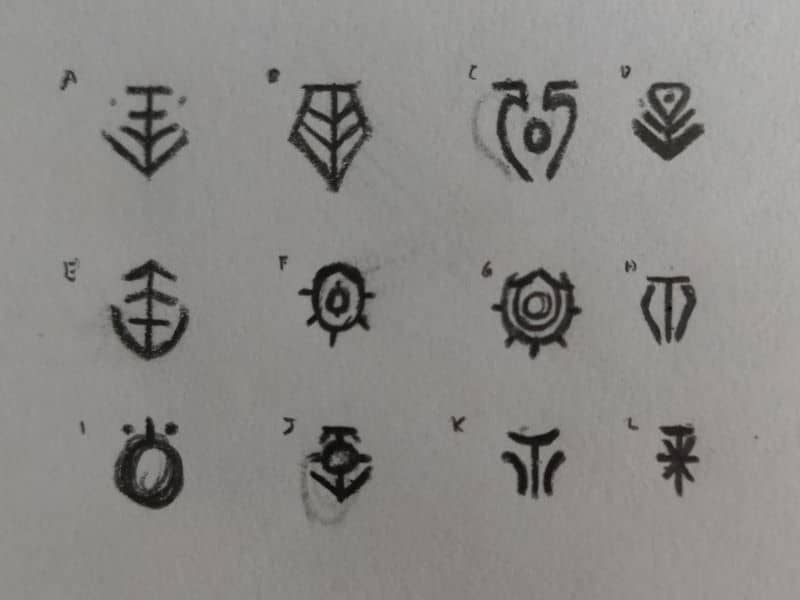
Iteration of the logo featured on the currency

Clay-made iterations of the currency.
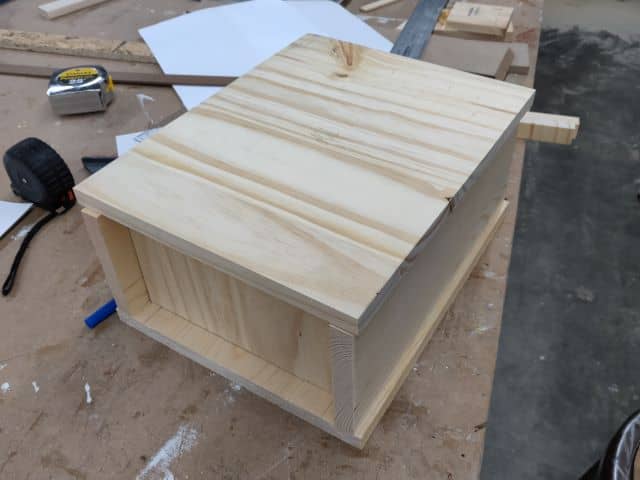
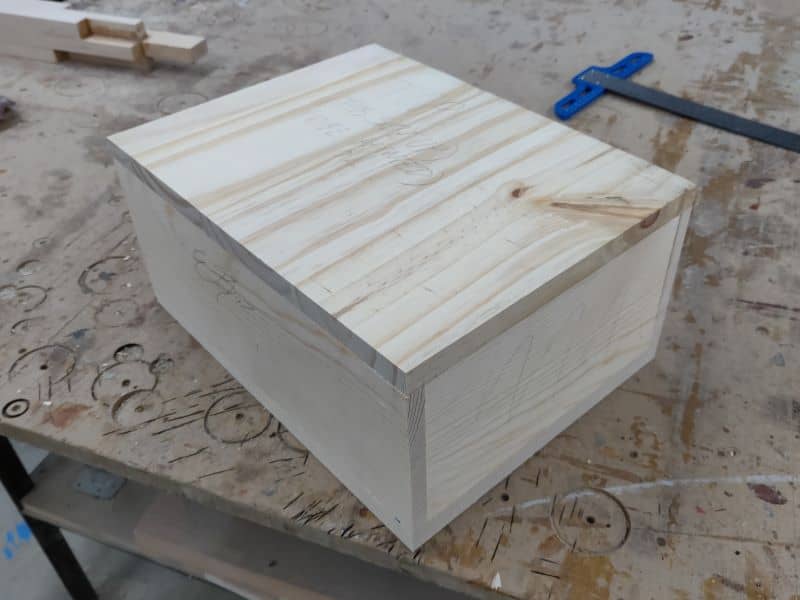
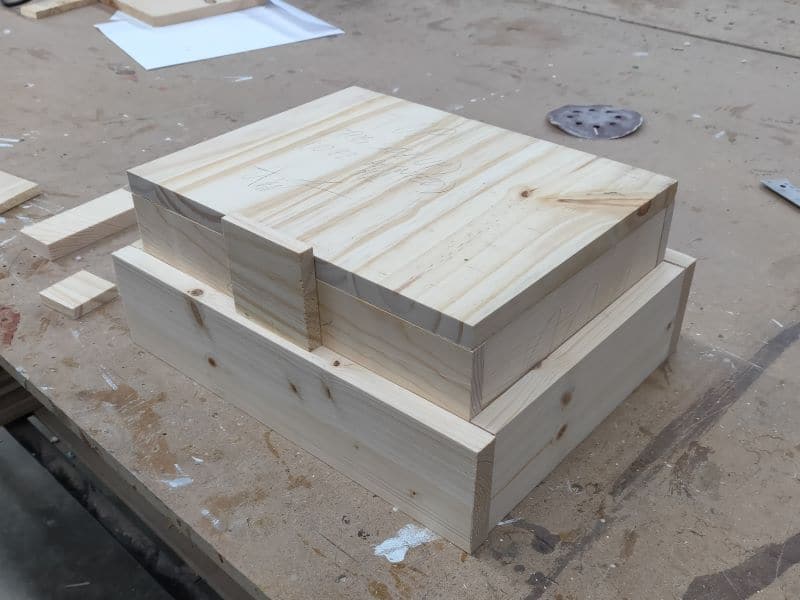
Design Process of the Chest of the Gods
The Wanakti Language
Constructing an immersive fantasy world would not be complete until a language is established (at least that’s what I would think).
Wanakti takes inspiration from the writing systems and spoken languages prevalent in the Eastern Mediterranean during the Late Bronze Age, as a tacit way to describe how said civilizations influenced the Naukratis Civilization. Similarly, the idea of making the language a creole was inspired by the “cityspeak” spoken by Edward James Olmos’ character from the 1982 film Blade Runner.
The most significant sources of inspiration for the writing system include the Ge’ez script, Linear B, and Ancient Cypriot syllabary.
The name Wanakti came from a ceramic fragment written in an old Corinthian dialect of Ancient Greek, meaning “of the King.”
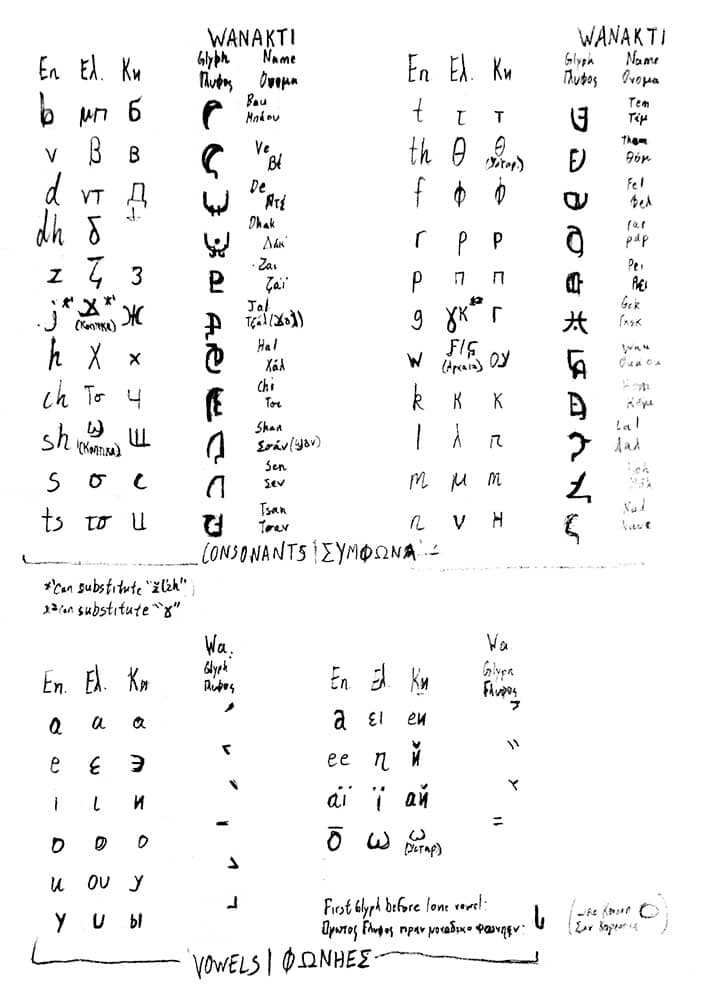
An early sketch iteration of Wanakti
The design process behind the Wanakti language took nearly the same amount of time as the Naukratis exhibition itself!
There were two aspects of development that needed to be covered:
- the spoken language
- the writing system
Wanakti is written as an abugida in order to distinguish from other fantasy writing scripts, which typically use an alphabet (or at least the ones I’ve personally seen so far).
Wanakti is designed to work as a real, functional language that could have plausibly existed at some point. As a result, Wanakti is designed as a part of the Indo-European language, the same language family as Hittite, Greek, Sanskrit, Latin, and English (though, it bears a liberal amount of influence from the Semitic language family—i.e. Hebrew and Arabic). It’s structure is written in a Subject-Verb-Object (SVO) order, similar to Modern Greek and many other Indo-European Languages.

